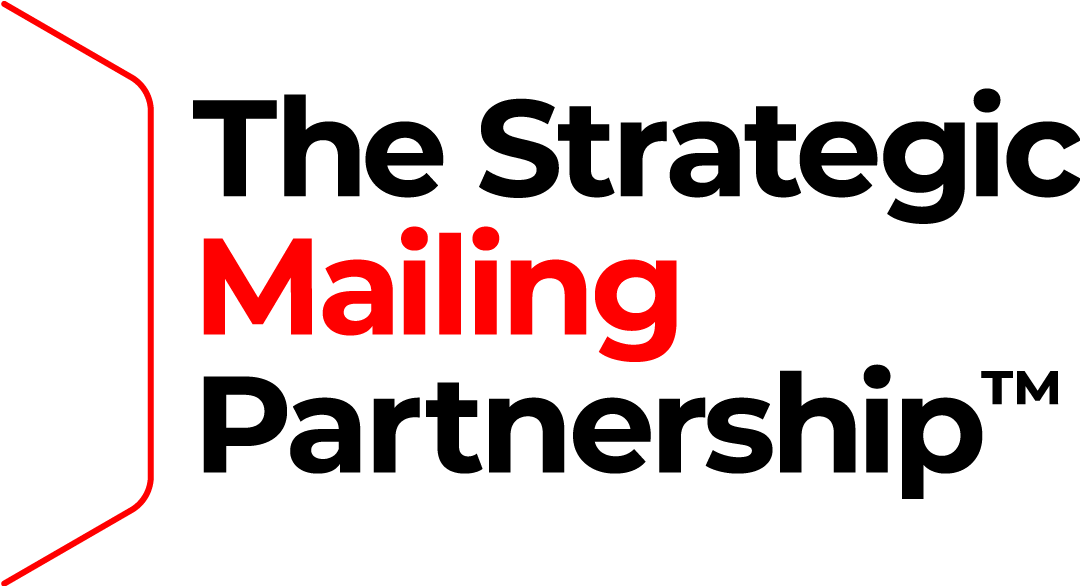Angus Campbell, Chief Commercial Director for Lead Supply at Paragon Customer Communications and SMP board member, discusses how truly understanding your customers will help you achieve the right blend between communication channels.
The digital vs print debate is one that has been raging for decades. It poses serious questions for any organisation looking to forge stronger connections with their customers while keeping them in the loop of any significant changes to their product or service.
Traditionally, the feeling has been that the dominance of digital is inevitable and that print will be phased out. This view has only been strengthened by seemingly endless encouragements for consumers to “go paperless” on everything from electricity bills to financial statements. In recent years, the numbers suggest digital is emerging victorious, with the total number of addressed letters falling from 14.34 billion in 2012 to 9.99 billion in 2020
Today, with the digital native millennials and Gen Zs becoming increasingly powerful consumers, it would be easy to assume this trend will continue. However, it doesn’t seem to be the case, with recent research suggesting that we could now be seeing a flattening of both the growth in digital and the fall in print volumes as organisations settle on a blend between the two.
But what’s behind this change, and how can financial services organisations strike the right balance between print and digital?
The value of print in a digital world
There are lots of advantages to digital communication, from its ease of measurement to its low relative cost. But print is far from dead, particularly in the financial services sector. In a recent survey by Consumer Action in the United States, 38% of respondents said they preferred receiving bills and other important communications in the post, even if they pay online.
There are lots of reasons for this. One is that paper statements serve as a more memorable reminder to pay bills than an email. Another is that they provide an easy paper trail of communications with a service provider while allaying fears around digital security.
Communicating with less digitally savvy customers is also an important factor in print retaining its footing in the face of ever-multiplying digital channels. And while it is an unhelpful stereotype that older users are less likely to switch to digital, it is true that any ‘digital only’ shift will result in some customers getting left behind.
The importance of choice
It is also true that, while younger consumers might be comfortable going digital, it doesn’t naturally follow that they will want everything to be sent that way.
Choice is important, but there is no ‘one size fits all’ approach. Customers have different comfort levels and preferences when it comes to digital communication, which are likely to evolve over time and will differ depending on the subject and product.
Ultimately, the best approach is likely to be a blend between print and digital. But how can organisations strike the right balance?
Finding the sweet spot
Getting that balance right relies on an in-depth knowledge of how a customer engages with your content and what delivery method works best for them.
The way they engage is never going to be set in stone, so you must be able to rapidly change approach when necessary. Platforms that facilitate quick changes are needed, allowing you to test different approaches and rapidly optimise yours based on the data you get back.
Importantly, the platform needs to seamlessly integrate with legacy systems, meaning that you can deliver the perfect blend of print and digital communications without the need for a time-consuming and expensive overhaul of existing technology.
Through development and innovation, working with many different clients across various sectors, it is possible to deliver a bespoke solution to empower your business.
Typically, this would include personalised, muiltichannel communications across physical and digital channels, at any time and in any language, as well as centralised management of your inbound and outbound customer interactions. This provides complete control of brand, content and compliance via a single system. A bespoke solution would also include a fully transparent, single view of communications, which enables localised departments and regions to react in real time and adapt to changing market conditions. Finally, you need a system which consolidates multiple data sources into a single system, integrating with legacy technology to help deliver the digital transformation your business and customers need.
Paragon has delivered transformational results across a range of sectors, including Financial Services, Utilities, Asset & Wealth, Investments, and Telecoms.




